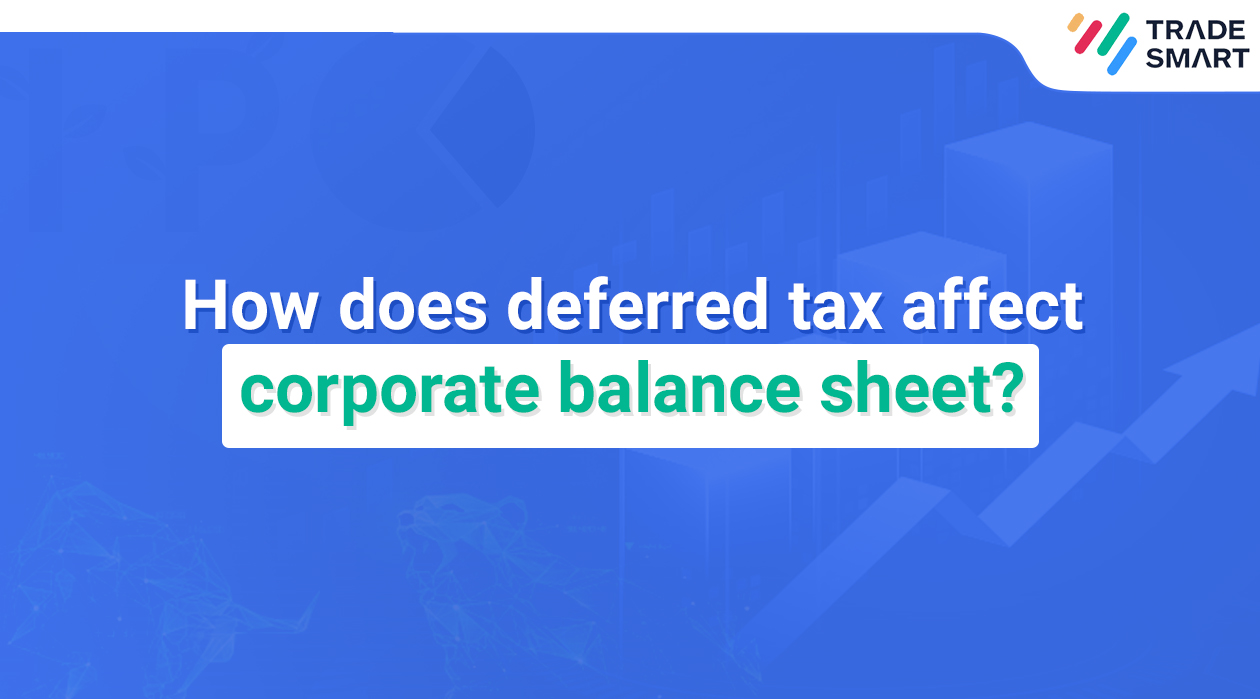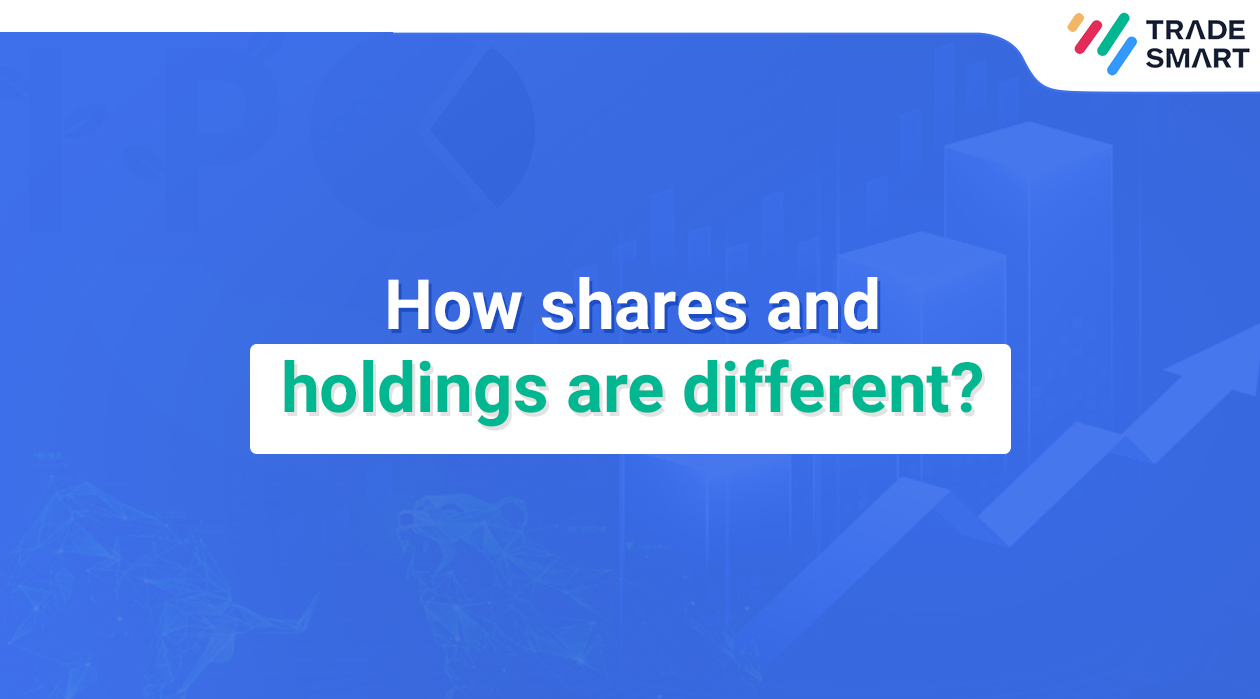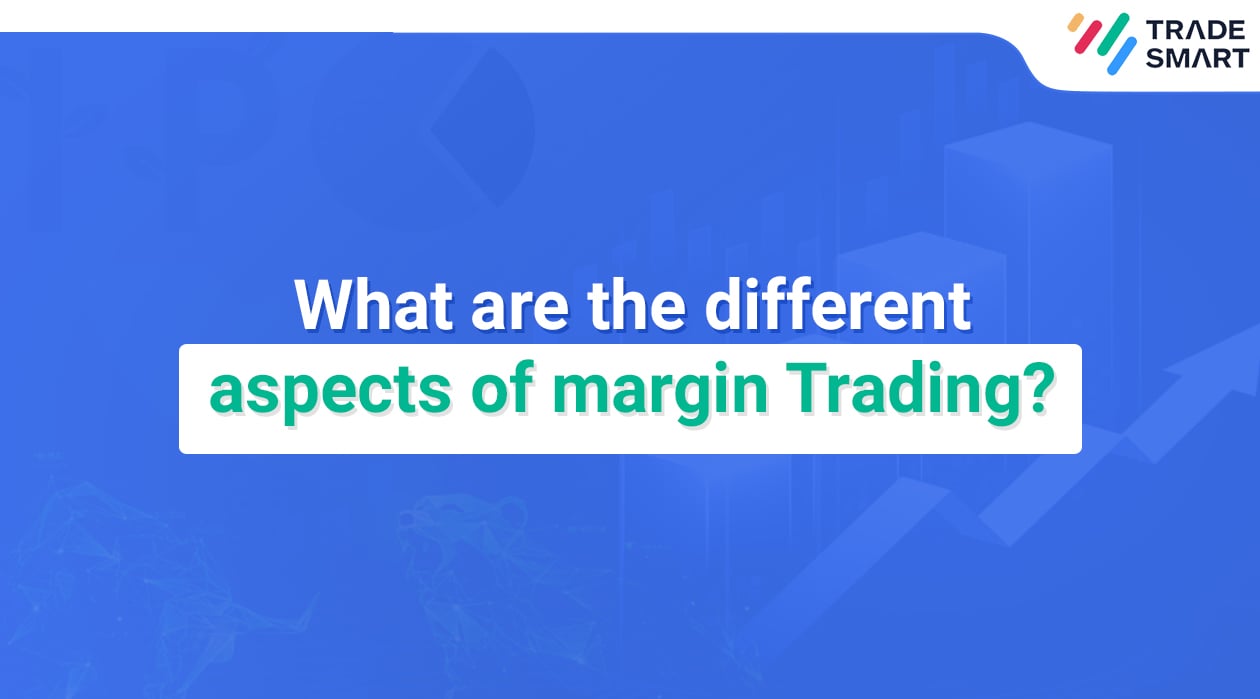Introduction
Determining whether a listed company is worth its market price is a complex task.
Many investors and market analysts use different methods to know the correct value of the company. Investing in a company without knowing its true value might cause a loss to the investor. The market price is affected by many external and internal factors and the demand for the company’s stock in the market.
Making investment decisions merely based on the market value of the company can be a bad investment decision.
Booking Value is the carrying value of the company in its books of accounts.
Let us dig a bit deeper into understanding booking value definition so that you could use it to make better investment decisions.
What is Booking Value?
The Booking Value of a company is the value of the company’s equity value as reported in the financial statements of the company.
The Booking Value of the company is generally computed about the company’s stock value and calculated by adding all the assets of the company and subtracting the liabilities of the company.
Booking Value is generally equal to the cost of assets in the Balance sheet reduced by the intangible assets and the liabilities of the company.
In other words, it is the net asset value (NAV) of the company.
For the initial outlay of the investment, Booking Value may be net or gross of the expenses such as trading expenses, service tax, sales tax, Goods and service tax, service charges, and so on.
In other words, if you want to close the business, how much money will be left after you sell off all your assets at Booking Value and pay off all your liabilities at Booking Value. Also known as Shareholders Equity, Net Worth.
The Formula of Booking Value
The formula for Booking Value is as follows:
Booking Value = Total assets (other than Intangible assets) – total outside liabilities.
Examples of Booking Value
The examples of booking value are as follows:
1) Suppose a company has Current assets of Rs.10 lakhs, Non-current assets of Rs.20 lakhs, intangible assets of Rs.3 lakhs, current liabilities of Rs.5 lakhs, and non-current liabilities of Rs.10 lakhs.
Then,
Booking Value = Total assets – Total liabilities
= (Rs.10 lakhs + Rs.20 Lakhs – Rs.3 Lakhs) – (Rs.5 lakhs + Rs.10 lakhs)
= (Rs.27 lakhs) – (Rs.15 Lakhs)
= Rs.12 Lakhs.
2) Suppose a company has Current assets of Rs.25 lakhs, Non-current assets of Rs.30 lakhs, intangible assets of Rs.5 lakhs, current liabilities of Rs.12 lakhs, and non-current liabilities of Rs.20 lakhs.
Then,
Booking Value = Total assets – Total liabilities
= (Rs.25 lakhs + Rs.30 Lakhs – Rs.5 Lakhs) – (Rs.12 lakhs +Rs.20 lakhs)
= (Rs.50 lakhs) – (Rs.32 Lakhs)
= Rs.18 Lakhs.
How to use Booking Value while making investment decisions?
Booking Value is not a district component that gives a lot of data to the investor for making decisions.
It does not give related information about the real value of the company and the potential returns that the company may earn in the future.
For example, a company having a higher Booking Value does not mean that it will perform better than the company having a lower Booking Value as Booking Value is an absolute unit and not a relative unit.
Thus, comparing two companies based on Booking Value may lead to bad investment decisions.
Booking Value of the companies can be used to compare the size of the companies, and the company’s potential excess of the value of assets after paying off all the debts and liabilities of the company.
For example:
Suppose company A has a Booking Value of Rs.50 lakhs and Company B has a Booking Value of Rs.20 lakhs this does not mean that company A will surely perform better than company B in the future.
The difference only indicates that company A will have access to money after paying off all the debts and the liabilities after selling all its assets compared to company B.
Importance of Booking Value
Booking Value is considered a good measure as it represents a fair and accurate worth of the company. The Booking Value of the company is computed by using the past and historical data of the company.
Thus, it gives a reasonable idea of the company’s worth to investors and analysts. Booking Value shows exactly where the company stands in terms of the value of assets compared to its liabilities in the financial statements.
Investors who use a value investing strategy for making investment decisions primarily use Booking Value because it enables them to find Bargain deals on the stocks, especially when it is evident that the company is undervalued or is probable to grow in the upcoming future and the share is going to grow in future.
Shares that value in the market below the Booking Value are considered undervalued because they are probable to increase in the future.
An investor who can identify such stocks and invest in them can earn easily out of the price difference, thus Booking Value helps an investor in earning good returns if the investor can evaluate Booking Value reasonably.
Drawbacks of Booking Value.
Apart from the merits, there is also a flip to booking value as a financial metric. The drawbacks of booking value are as follows:
Misleading
Booking Value of the company considers the historical cost of the assets and liabilities of the company thus it does not take into consideration the impact of the market on the value of the company.
This may be misleading for investors depending only on the Booking Value while investing.
For example: Suppose Company A has a Booking Value of Rs.50 lakhs and a market value of Rs.100 lakhs and company B is having a Booking Value of Rs.75 lakhs but the market value of company B is Rs.30 lakhs as it is not performing well in the market.
Suppose an investor invests in company B as it has a higher Booking Value compared to Company A.
In that case, the investor may have to suffer losses in the future as the company has a lower market value.
Intangible assets
Another drawback of considering Booking Value as a measure for decision making is that it does not take into consideration intangible assets like goodwill, patents, copyrights, etc.
Even if these assets are not tangible in the books of the company yet they offer a lot of value to the company’s business.
Historical cost
Another drawback of Booking Value is that it uses historical cost for pricing the assets of the company that might have changed dramatically over the period.
Booking Value may not provide a correct valuation picture of the company when the company is using a method of depreciating the asset faster or slower than it should be.
Other Booking Value Considerations
Booking value is effective for several considerations and they are as follows:
Intangible assets
The Booking Value has a flaw that it does not take into consideration the intangible assets within the company.
Intangible assets are the assets that do not carry any physical form but are crucial for the business of the company. Examples are Goodwill, patents, copyrights, and trademarks.
These assets do not have any physical form but assist the company to generate revenues.
For example, suppose an investor is looking to invest in shares of a company working in the book printing business.
Because it is a company in the business of book printing, a major portion of the company’s value is rooted in the content it prints and sells and the right to print.
This company could be trading much higher in the market than its Booking Value as the market valuation takes into consideration the intangible assets of the company but the Booking Value does not.
The market value of the copyrights the company holds may be high and still be ignored by the Booking Value.
Mark to market valuation
Using Booking Value as a parameter for making the financial decisions have certain limitations as seen above when mark to market valuation is not applied to the assets of the company that may experience an increase or decrease in their market value.
For example, land owned by the company may have a higher market value than the Booking Value due to market price appreciation while its old motorcar may have a lesser market value than its Booking Value due to outdated models and technological advancement.
In these cases, the historical values may mislead the valuation, given its fair market price.
Price-to-Book ratio
Price-to-Book Ratio is a valuation multiple used for value comparison between similar companies within the same industry when they follow the same system of accounting and similar accounting methods for the valuation of assets and liabilities.
The ratio may not be useful for comparing two companies from different industries or following different valuation policies and accounting methods.
It may be noted that while some companies show their assets at historical costs, some companies may show their assets at the mark to market valuation.
Thus, we can conclude that a higher price-to-Book ratio does not necessarily mean a premium valuation and a lower Price-to-Book valuation does not necessarily mean a discounted valuation.
Further, it may be noted that a price-to-Book ratio of 1 indicates that the market price of a company is exactly equal to the Booking Value of the company.
An investor should invest in companies having a Price-to-Book ratio of 1 since the market price of the company generally carries some premium over the Booking Value.
How is Market Value different from Booking Value?
Market value considers more factors than Booking Value yet determining the Booking Value of a company is more difficult than finding the market value, but it can be far more rewarding.
An investor can earn high returns and build a fortune by tracking the market value and the Booking Value of companies.
Investing in companies having lower market value than the Booking Value can generate higher returns for an investor.
The market value is derived from how much people are willing to pay for the company’s stock while the Booking Value is similar to the net asset value (NAV) of the company.
The Market value of the company jumps around much compared to the Booking Value of the Company.
Learning about the Booking Value can give an investor a more stable path to achieving their financial targets.
The Market Value and the Booking Value are very different and traders use both book and market values to make investment decisions. The difference between Market value and Booking Value may mean:
Booking Value Greater than Market Value:
It is really rare for a company to trade at a market value lesser than the Booking Value.
It indicates that the market has lost confidence in the company, it may be due to a company facing business issues and problems, loss of a crucial lawsuit, or any other event having an impact on the operations of the company.
In other words, this means that the market does not believe that the company is worth its Booking Value.
Investors hunting for the values of companies may invest in such companies which are valued below their Booking Value.
They see these companies to be undervalued and speculate in the hope that the market price will increase in the future as it is undervalued currently.
Market value Greater than Booking Value:
The market value of the company is usually higher than the Booking Value.
The market value of the company is higher because they have more earning capacity than its assets.
The investors in the market believe that these companies have a good future and the potential to earn profits and growth.
Profitable companies typically have market values higher than their Booking Values because the investors believe in these companies and are willing to pay higher than the Booking Value.
The investors hunting for growth may find these companies worth investing in because these companies have profits growing at a stable rate.
Sometimes higher market value may also mean that the stock is overvalued and trading at a higher price than what it should be.
Booking Value Equals Market Value:
Sometimes, the Booking Value of the company may be equal to its Market value or are nearly equal to each other.
In these scenarios, the company is fairly valued in its books and the market has no reason to value it at any amount different than its Booking Value.
Other Values that are affected by Booking Value
Booking Value as a parameter for making investment decisions have drawbacks as stated above and no investor would want to invest in any stocks until they have a firm knowledge of other aspects of the valuation of the company.
Following are a few other Values that an investor may use:
1) Earnings per Share (EPS)
Earnings per share, as the name suggests, are the net earnings that go to each share.
For calculating the EPS, Net profits attributable to shareholders are divided by the total number of outstanding shares of the company.
For Example, if a company has earnings of Rs.50 Lakhs and the number of outstanding shares is 25 lakhs then,
EPS = Rs. 50 Lakhs / 25 Lakh shares
= Rs. 2 Per share.
2) Price to Earnings ratio (P/E ratio)
P/E ratio measures how many times a company is priced as compared to its earnings. For calculating the P/E ratio, the Market price per share is divided by the EPS of the company.
For Example, if a company is quoted in the market at Rs. 50 and its EPS is Rs. 5 then,
P/E ratio = Rs. 50 / Rs. 5
= 10 Times.
Conclusion
Booking value is a financial factor that is widely used to determine a company’s value and determine whether the company’s stock is undervalued or overvalued. It is wise for investors and traders to pay close attention to booking value relative to market value.
However, the type of company and the assets of the company may be poorly represented in the booking value. The booking value sees the carrying value of the assets of the company.
Carrying value is often the historical value of the assets which might not show the current fair value of the company’s assets. Thus, booking value should be used along with other valuation metrics for making financial decisions.












